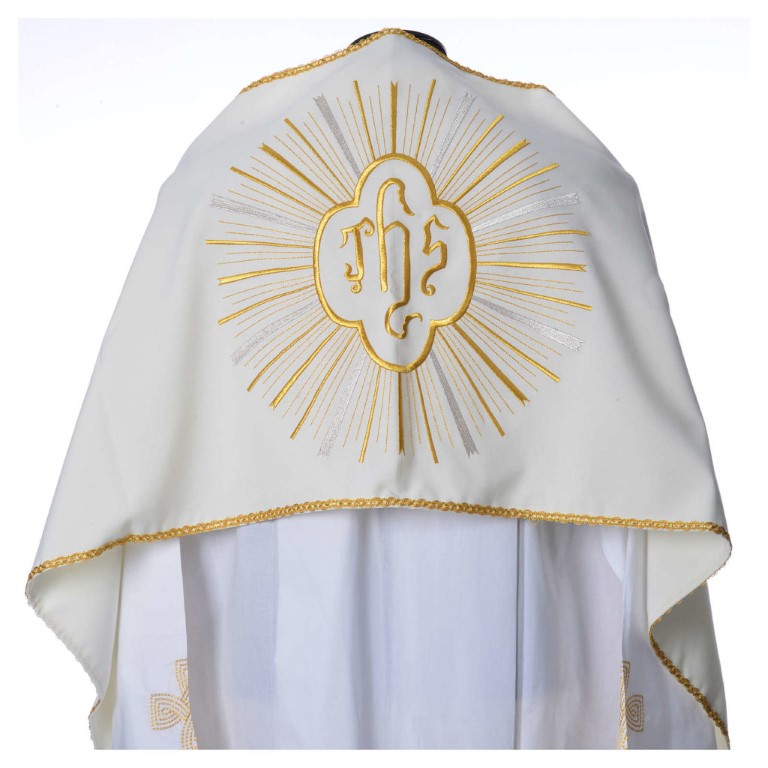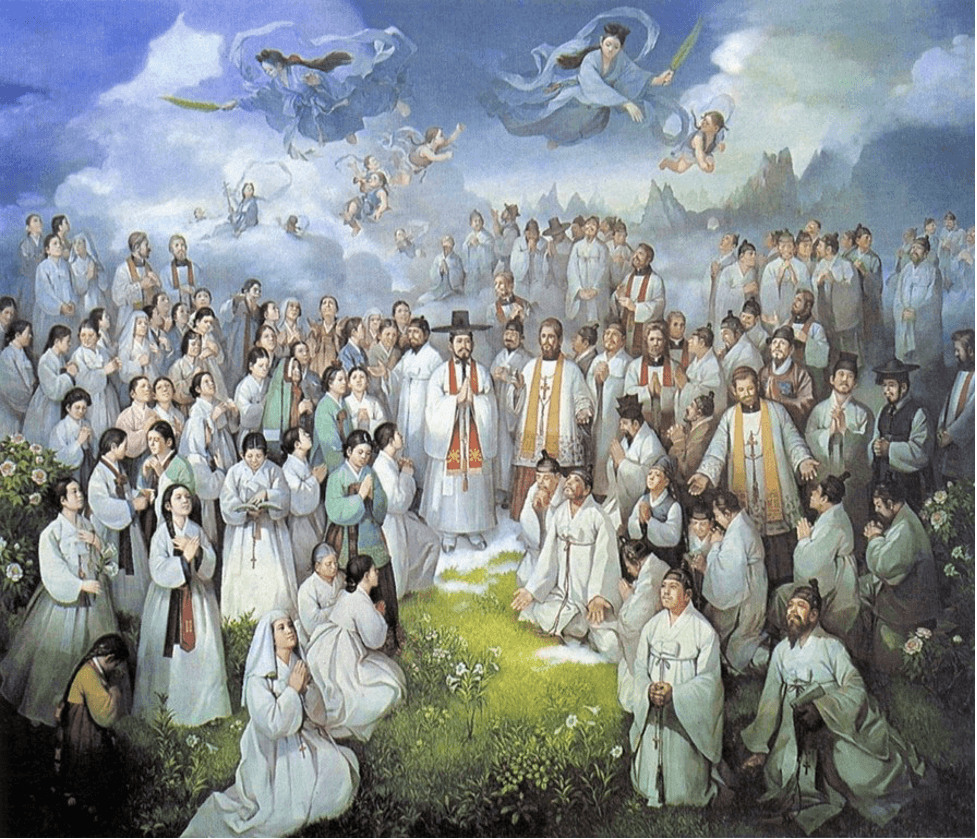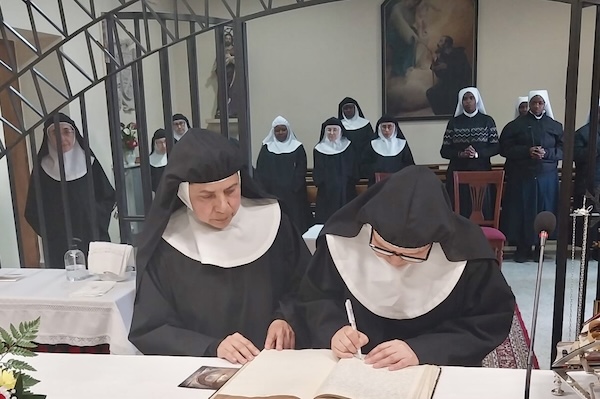– Enrico Finotti
Is the humeral veil optional?
“The priest or the deacon should wear a white cope and humeral veil to give the blessing at the end of adoration, when the exposition takes place with the monstrance; in the case of exposition in the ciborium, the humeral veil should be worn” (Holy Communion and Worship of the Eucharist Outside the Mass).
As we can see, the humeral veil is still contemplated. However, this liturgical garment seems to have disappeared from liturgical use. It is then necessary to understand its meaning and its educational effectiveness. A rather widespread mentality tends to the reduction of sacred clothing in the name of simplicity and authenticity and so there’s another opportunity for the priest to be the protagonist, believing that he shows his humility and maturity in front of the congregation, as they say , which shuns useless rubricisms. In this way, however, the liturgy becomes impoverished and everything becomes ordinary and ferial, devoid of any element of solemnity and dignity. The same Blessed Sacrament is thus transported, exhibited, distributed and normally treated with the most usual functionality. In this stylistic decline there is no more stimulus to perceive the sacred sense of the presence of the Lord and sufficient time to express acts of adoration. Even the same Communion is thus administered without prior devotion and is reduced to the rapid distribution of a “blessed bread.” Nowadays few of them kneel or bow before the passage of the Blessed Sacrament as they are accustomed to seeing ministers pass around the cups without any ritual form. But on this path the dogma remains only an intellectual affirmation, without a coherent liturgical expression and consequently without a spiritual incisiveness.
The humeral veil is actually used to arouse the sense of the mystery contained in the most holy Eucharist and its use is in itself a sign of veneration and of the utmost attention to what is in one’s hands and passes before the suppliant gaze of the faithful. Since ancient times we see in the mosaics the use of veils to cover the sacred things, such as the Gospel, the cross and especially the sacramental species. The veiling has an immediate psychological impact in calling attention and looking with caution at what is stored or transported. Here then is the need for a decisive revival of what the Church has already established: the use of the humeral veil. It must be assumed:
– in the Eucharistic exhibition when there is a significant journey between the chapel of the Blessed Sacrament and the altar;
– in the Eucharistic processions the monstrance is carried with the hands covered by the humeral veil and under the tabernacle veil;
– in the simple Eucharistic blessing the ciborium is completely covered with the flaps of the humeral veil, while in the solemn one the monstrance is always used and held up with hands wrapped in the veil of the humeral veil;
– in the reposition the ciborium or the reliquary with the “ostia magna” (great Host) is normally brought to the tabernacle under the humeral veil: in the In Coena Domini Mass at Holy Thursday this procession assumes a particular solemnity.
It would be convenient that after the Communion, at least in the Bishop’s Mass or on the parish priest’s Sunday Mass, the deacon could collect on the altar table in one ciborium the sacred species and, covering it with the humeral veil, placed it in the chapel of the Blessed Sacrament escorted by two candles. In this way the assembly would seize the greatness of the Blessed Sacrament and the necessity of due liturgical honors. However, if the tabernacle is in the presbytery and therefore next to the altar of the celebration, the reposition can only be simple and immediate.
Although the liturgical norms always provide for the white color for the humeral veil, however, in analogy with the different colors of the liturgical clothes and in consideration of the remarkable heritage of historical sacred vestments, it may be quite convenient that even the humeral veil may follow the color established from the liturgical time of the year, so that the Eucharist, preserved and worshiped outside of the Mass, is visibly related to the divine Sacrifice and intoned to the unfolding of the liturgical year.
It is absolutely necessary to avoid that the humeral veil, especially if precious, is used to cover the ambo. In this way not a few precious veils have been ruined, depriving them of their specific function of veiling the Blessed Eucharist.


 Follow
Follow


